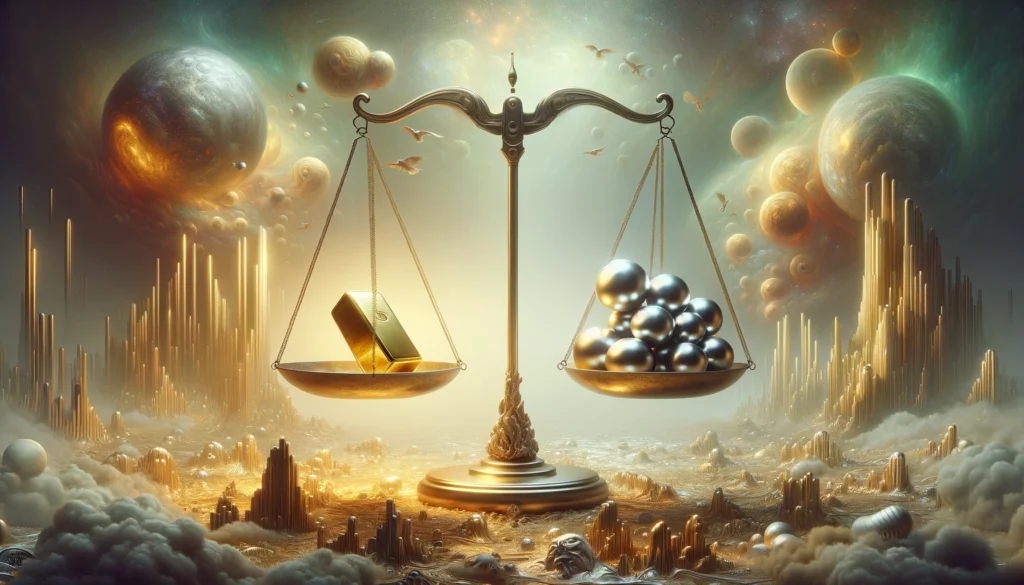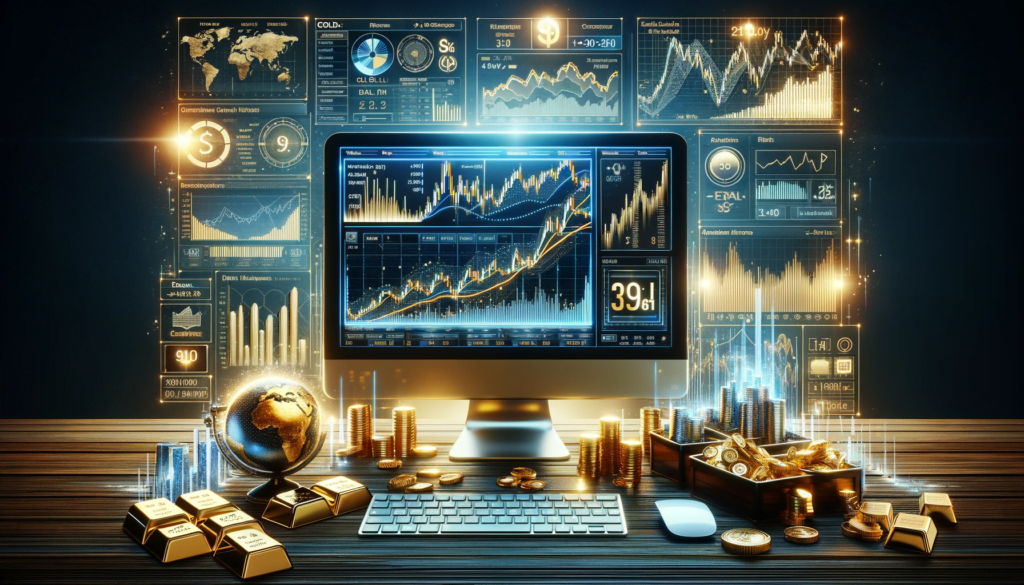In the fascinating world of investment, precious metals like gold and silver always shine brightly, capturing attention for their historical, economic, and intrinsic values. Whether you’re a seasoned investor seeking deeper portfolio diversification or a newcomer keen to grasp market dynamics, mastering gold and silver investments can greatly boost your financial strategy. Let’s dive into these two metals, exploring their market roles, major production sources, and the industries that depend on them heavily.
The Enduring Value of Gold
Gold has always been a cornerstone of wealth and economic stability, cherished for its beauty and decorative appeal as well as its pivotal role in investment portfolios. It serves as a hedge against inflation and a safe haven in times of economic uncertainty. Countries like China, Australia, Russia, the United States, and Canada lead in gold production, contributing significantly to the global supply. Peeking into the vaults of central banks in the United States, Germany, Italy, France, and Russia reveals the largest gold reserves, underscoring the metal’s critical role in national financial strategies.
Silver’s Versatile Role
Silver, often overshadowed by gold, has a unique allure and utility. Its investment appeal and industrial commodity status, coupled with unmatched electrical conductivity, make it indispensable in electronics and solar energy sectors. Major silver producers like Mexico, China, and Peru highlight its global market presence. Compared to gold, silver’s lower price point leads to higher volatility, a result of the tug-of-war between industrial demand and investment interest, making it a distinct asset for investors.
Gold and Silver: A Comparative Analysis

Investing in gold and silver opens a world of stability and opportunity, meeting diverse investor needs. Gold shines as a hedge against inflation and economic downturns, often moving inversely to the U.S. dollar. Silver, driven by strong industrial demand, appeals to those eyeing growth in tech and renewable energy sectors. Investors can trade these metals in various forms—physical bars and coins, ETFs, futures, and CFDs—offering great flexibility in investment strategies.
Gold and Silver CFDs
In trading, especially with Contracts for Difference (CFDs), traders commonly use specific symbols for gold and silver to represent their spot prices. “XAU/USD” stands for gold, where “XAU” means one troy ounce of gold, and “USD” shows it’s priced in U.S. dollars. Silver trades under “XAG/USD,” with “XAG” representing one troy ounce of silver, also in U.S. dollars. These symbols are well-known in financial markets for trading precious metals as CFDs, letting investors speculate on price changes without owning the physical metal.
The Giants of Gold and Silver Mining
Gold and silver mining operations are vast and complex, with the biggest mines making a significant impact on global supply. For example, the Grasberg Mine in Indonesia and the Muruntau Mine in Uzbekistan are not only engineering wonders but also vital to the global gold market. In silver, the KGHM Polska Miedź in Poland and the Penasquito Mine in Mexico stand out, catering to the industrial demand that defines silver’s market role. The contributions of these mines go beyond mere extraction, shaping prices, supply chains, and nations’ strategic economic positions, crucial to the precious metals market dynamics.
Understanding the Market Dynamics Post-Gold Standard

The transition away from the gold standard in 1971, famously dubbed the “Nixon Shock,” marked a crucial turning point. President Nixon’s decision, specifically aimed at addressing economic challenges and preserving gold reserves, notably shifted gold and silver from being currency stabilizers to becoming market-driven assets. Consequently, this change ushered in a more dynamic and speculative market for precious metals, with prices now swayed by a variety of factors, including geopolitical stability, currency values, and the overall health of the global economy. As a result, today’s market presents both opportunities for profit and potential risks, emphasizing the importance of employing intelligent investment strategies and maintaining vigilant attention to economic indicators.
Conclusion
As we explore the complexities of investing in gold and silver, we quickly see that each metal brings its own set of benefits and hurdles. Whether you’re attracted to gold for its stability and ability to preserve wealth or captivated by silver’s industrial uses and price swings, adding these metals to your investment mix can guard against inflation and uncertainty. Understanding their production, market trends, and industrial applications equips investors to make savvy choices, weighing risks against rewards in the quest for financial well-being and expansion. Let’s keep journeying through the precious metals market, equipped with knowledge and an eager spirit for adventure.


